The Form 1040NR, or U.S. Nonresident Alien Income Tax Return, shares a common purpose with the California Form 540NR. Both forms are designed for individuals who are not permanent residents or citizens of the respective jurisdictions but have earned income within them. Thus, these forms ensure that nonresidents comply with tax obligations arising from income sources within the United States or California specifically. While Form 1040NR addresses federal tax responsibilities, Form 540NR focuses on the state tax obligations in California, allowing nonresidents to report and pay taxes on income earned within the state.
The Schedule CA (540NR), which complements the Form 540NR, is similar to the federal Schedule A (Itemized Deductions) and Schedule B (Interest and Ordinary Dividends) forms. These schedules allow taxpayers to adjust their income and deductions based on specific expenses and income types that affect their taxable income. The Schedule CA (540NR) is specifically designed to adjust California taxable income by adding or subtracting differences between federal and state tax law, similar to how Schedule A and B refine federal taxable income by accounting for deductible expenses and taxable interest or dividends.
The 1040 Schedule E is akin to parts of the Form 540NR in that it deals with income or loss from rentals, royalties, partnerships, S corporations, estates, and trusts. Both the 1040 Schedule E and the relevant sections of the Form 540NR allow individuals to report passive income types and losses, informing the tax authorities of income that may not be subject to regular employment taxes but is nonetheless vital for accurately calculating an individual’s tax liability.
Form 1040 Schedule C, utilized by sole proprietors to report business income and expenses, parallels sections of the Form 540NR that address income from self-employment activities within California. Both forms require detailed reporting on the income generated and the expenses incurred in the course of conducting business, which ultimately affects the tax calculation by determining the net profit or loss from such activities.
The California Form 540NR and the Federal Form 8863, used for claiming education credits, share a similar intent in providing tax benefits for education expenses. Though the specific tax benefits and eligibility criteria may differ, both forms serve the essential role of reducing an individual's tax liability by acknowledging the financial burden of education costs. This alignment underscores the recognition of education expenses as a significant consideration in both federal and state tax codes.
Form W-2, which reports an employee's annual wages and the amount of taxes withheld from their paycheck, is integral to completing both the Form 540NR and its federal counterpart, the Form 1040 or 1040NR. While the W-2 is not a tax return form itself, its importance in providing necessary income and tax withholding data to taxpayers makes it a crucial document for accurate tax reporting. This information directly affects calculations on the Form 540NR, ensuring that individuals report their income and tax withholdings correctly to the state of California.
Form 1099, in its various incarnations (e.g., 1099-MISC, 1099-DIV, 1099-INT), is also essential to completing the Form 540NR, similar to its role with the Form 1040NR. These forms report various types of income, such as dividends, interest, and freelance earnings, that might not be subject to regular withholding. Both the federal and state tax forms rely on information from Form 1099 to ensure all income is reported completely and accurately, reflecting the comprehensive nature of tax obligations.
The California Earned Income Tax Credit (CalEITC) forms and the federal Earned Income Tax Credit (EITC) documentation serve a shared goal of providing tax relief to low-to-moderate-income working individuals and families. While one targets Californians and the other U.S. residents at large, both sets of forms allow eligible taxpayers to claim credits that can significantly reduce their tax liability or even provide a tax refund, highlighting a shared commitment to supporting eligible individuals in easing their financial burdens.
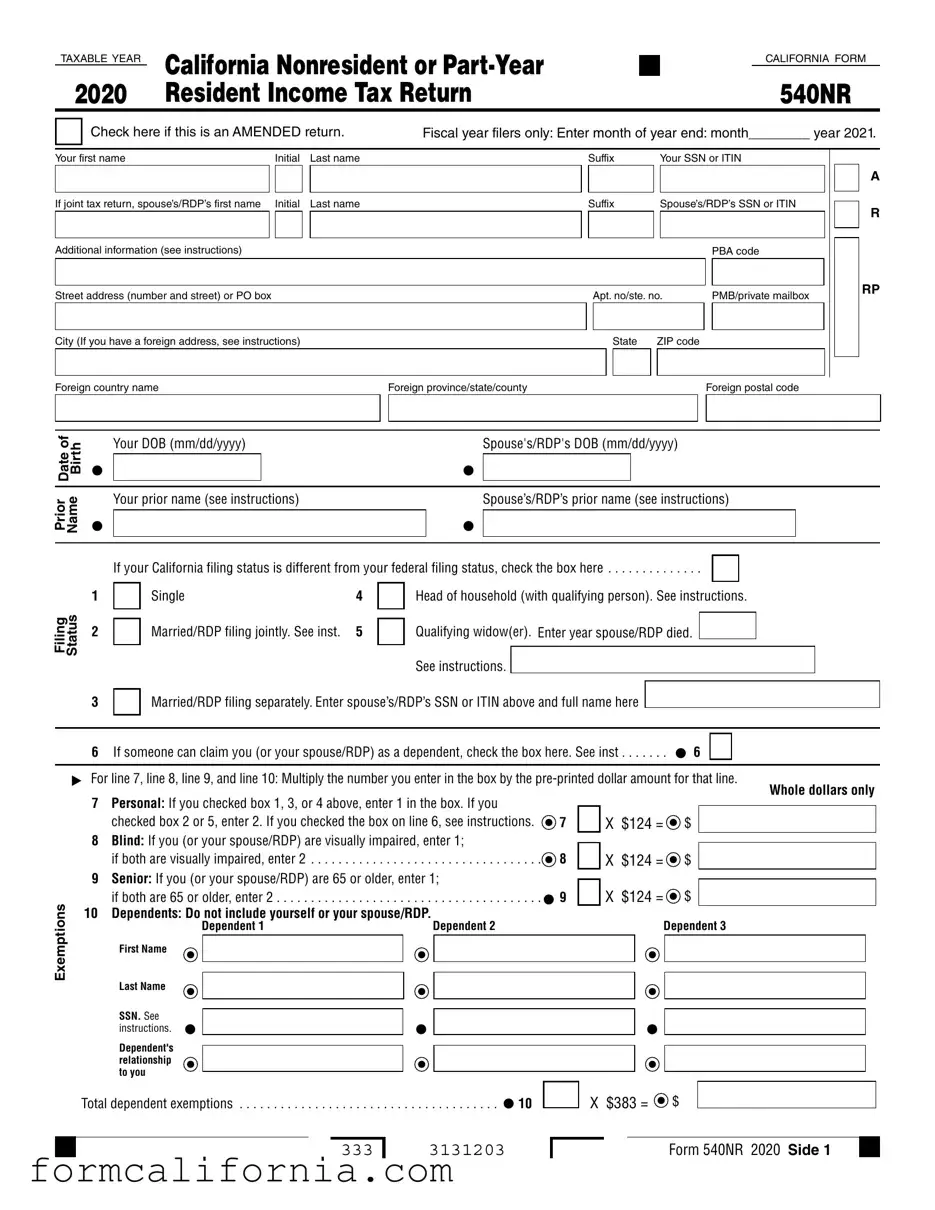
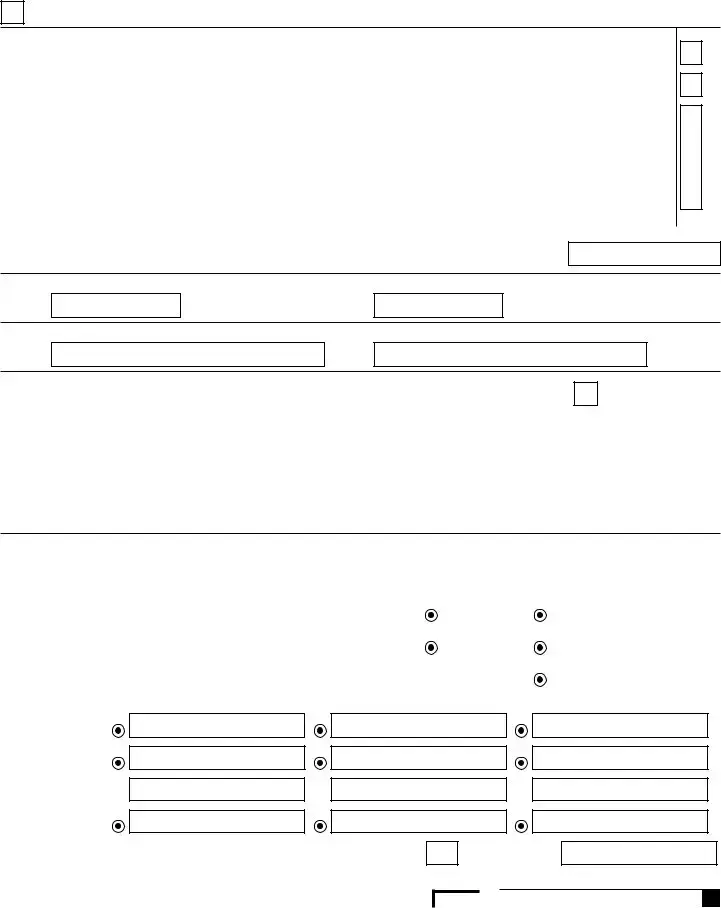

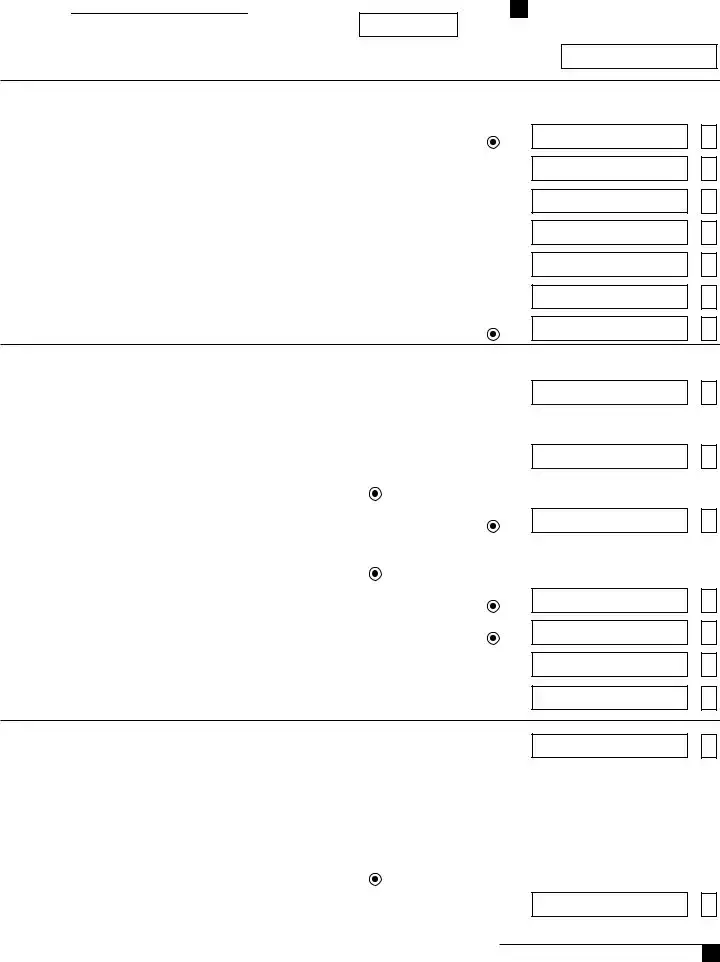

 Your SSN or ITIN:
Your SSN or ITIN:
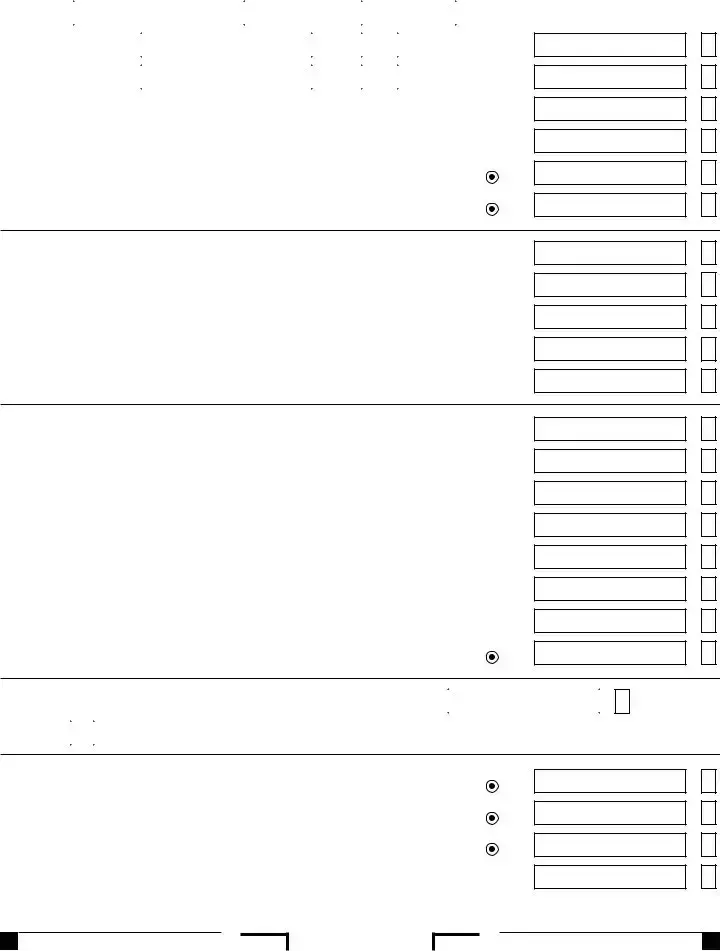
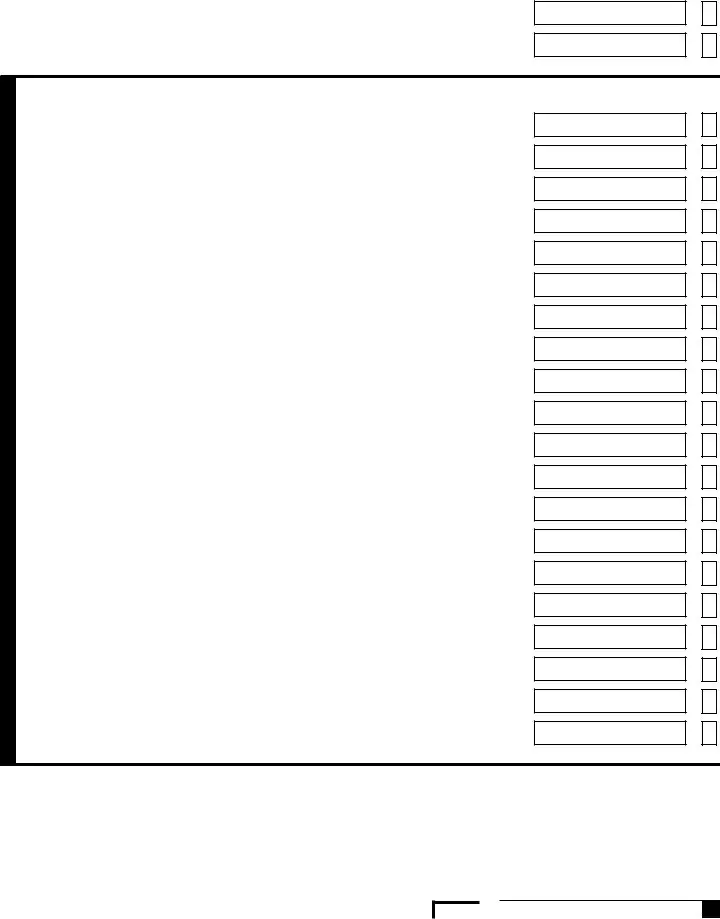

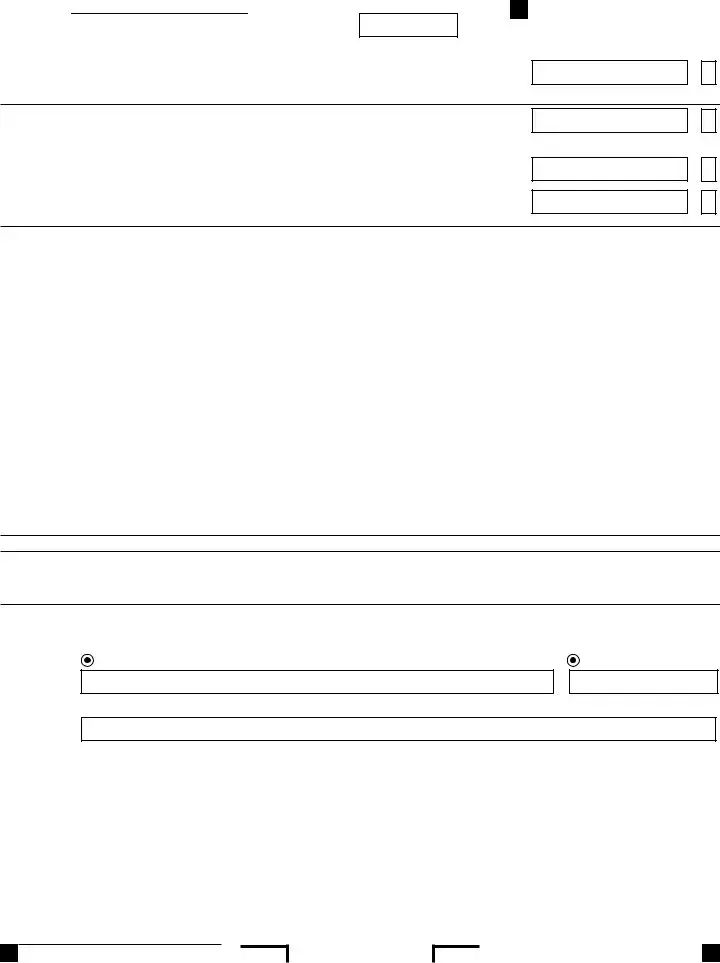

 Your SSN or ITIN:
Your SSN or ITIN: